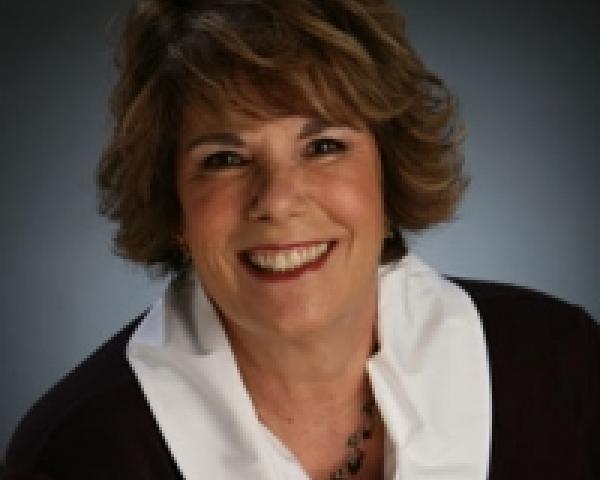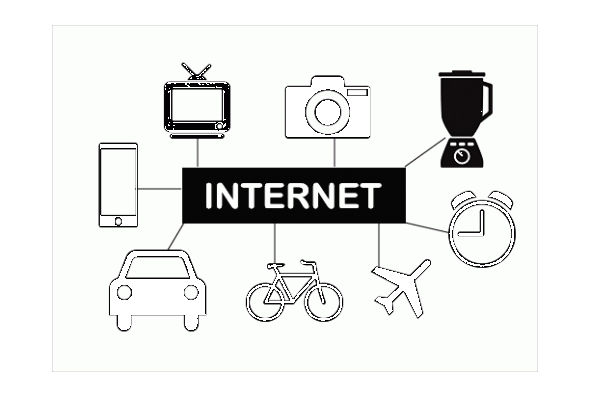- Only 5% of all Fortune 500 CEOs are on Twitter
- 64% of CEOs are NOT engaged on company or social websites
- Only 13 Fortune 500 CEOs have active Twitter accounts
- Only 4% of global CEOs have a profile on Facebook or LinkedIn
- More than 750 million active users
- 50% of active users log on to Facebook in any given day
- Average user has 130 friends
- People spend over 700 billion minutes per month on Facebook
- More than 70 translations available on the site
- About 70% of Facebook users are outside the United States
I run companies and chair multiple boards. I have nothing to do with social media. I am a social media outcast with no Facebook or Twitter accounts and no intention of joining these things soon. I know that this is not "mainstream," but there were many people in the room who feel the same.I shared this perspective with my Twitter community and got some social media wisdom:
Douglas Y. Park His company sure does, so he should too. MT @fayfeeney: F250 chair emails me "I ... have nothing to do with social media." #risk Dr. Richard Leblanc @fayfeeney @DougYPark is it any wonder hacking, privacy, business interruption; IT investment risk is so poor?So, what can be done to save a board chair from embarrassment? Remember, if it is done right, you'll go up a notch for your nerve and for limiting personal exposure.
- Use Discretion Find a way to let them know that this belief that they don't need to learn about social media and technology negatively represents their brand and could hurt their personal reputation as a leader.
- Be a Colleague not just Collegial Think for a moment, if it were you. Would you rather someone tell you, or just pretend nothing was awry? We would all like for someone to alert us in a way that was discreet and didn't make us feel like it was a major focus of attention.
- You See This as Having Too Much Personal Political Risk
- This might be time for you to call in support. I consider it an honor to meet with board chairs. I find a meal together makes this an easier conversation. Telling someone their "digital zipper" is down is best done while breaking bread.
- Print this post and leave it in the chair's in-basket or have it sent as a pre-briefing to the board meeting.
- Susceptibility: belief that not focusing on technology risk on their business could cause loss.
- Severity: consequences of not taking action are serious enough to be avoided.
- Barriers: institutional, people, resources, resistance to change, belief and attitudes, education, training, etc.
- Benefits: connecting to real-time data and extending relationship reach are necessary for future strategy and performance.







